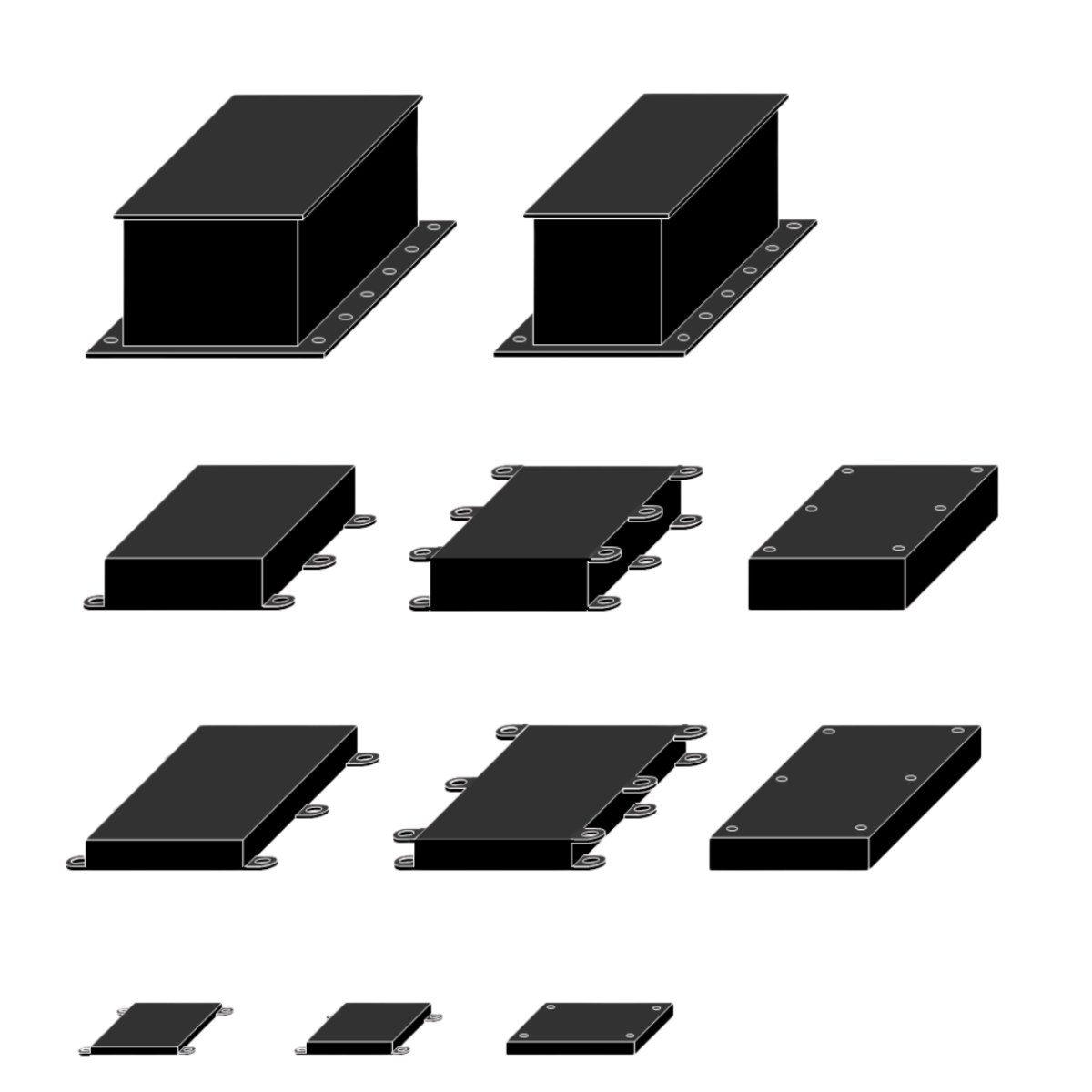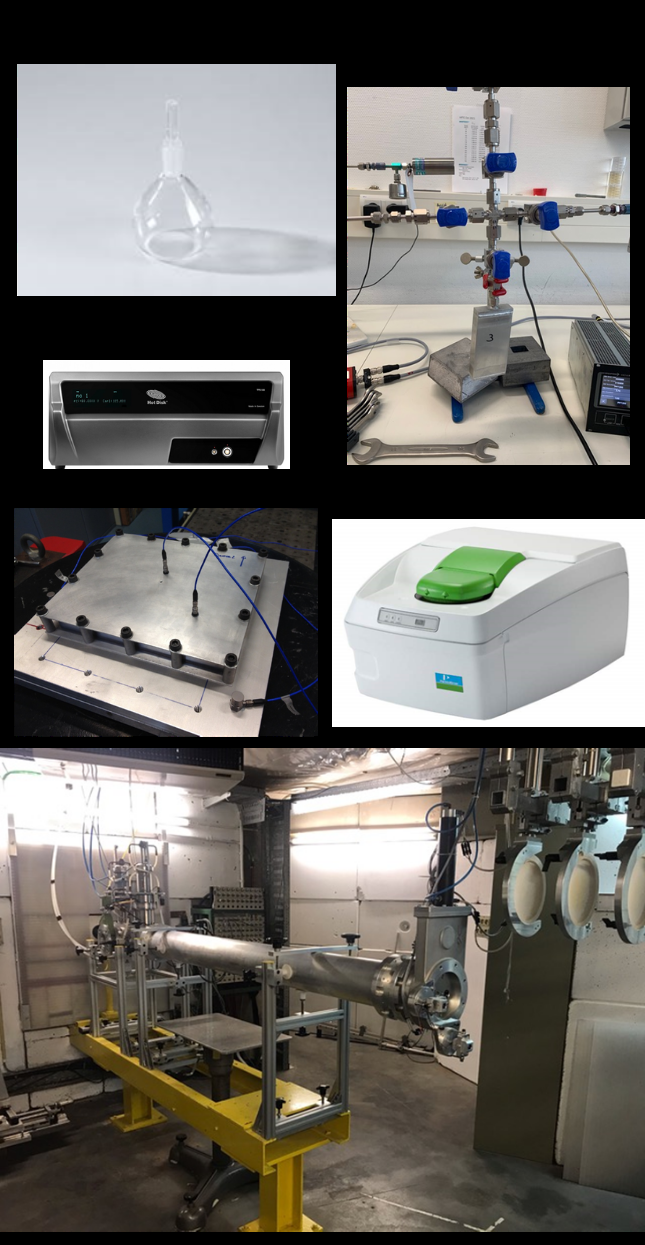Our Products

Smart Thermal Solutions, Engineered for Your Needs
Each solution is engineered to match the specific needs of our clients, ensuring precision and efficiency. Key factors in our design approach include optimal phase-change temperatures, thermal stability, energy input and duration, heat extraction methods, and system integration.
We turn technical complexity into practical, high-value applications.
Our Classes, Custom Made
Available in various sizes, masses, and geometries, with mechanical interface options such as continuous or discontinuous flanges, integrated, or double-sided mounts, adapted to integration needs.
- Various Sizes
- Various Shapes
- Various Attachments
- Various Technologies

Applications
Avionics
Enhance thermal reliability of onboard electronics and sensors.
Satellite Thermal Control
Passively regulate onboard temperatures in orbit for consistent satellite performance.
Entry/Re-entry Heat Management
Absorb and dissipate extreme heat loads during atmospheric (re-)entry.
Defense Systems
Maintain critical electronic systems at optimal temperatures during operation.
Battery Thermal Regulation
Protect onboard batteries from temperature swings in cycling conditions.
Payload Conditioning
Maintain sensitive instruments and payloads within strict thermal limits pre- and post-launch.
General Principles of PCM Capacitor Design

Testing
Since precise knowledge of the thermal and physical properties of the PCM is necessary for sizing and modeling PCM capacitors, WalOpt and its partner CRM Group are able to perform a comprehensive set of characterization tests. Many tests have been done in the past for the most common paraffins. The test campaign was even extended to long-term thermal cycling and radiation testing
Differential Scanning Calorimetry (DSC)
Scanning Calorimetry (DSC) is a thermal analysis technique used to measure the heat flow associated with physical and chemical changes in materials as a function of temperature or time. It involves heating a sample of paraffin and a reference material at a controlled rate while measuring the temperature difference between them. By observing the heat flow, one could determine phase transitions, such as melting or crystallization, as well as heat capacity at liquid and solid phase.
Long term cycling
CRM developed a specialized apparatus dedicated to long-term cycling of PCMs, where a set of samples is manipulated by a robotic arm to alternate immersion in hot and cold baths. This setup facilitates complete melting and solidification cycles of representative amounts of PCM, unlike other methods such as DSC, which handle small material volumes. Additionally, it allows for the separation of cycling and thermal characterization steps.
Burst tests
A burst test is a procedure used to determine the maximum pressure that a PCM capacitor container can withstand before rupturing or bursting. During the test, the container is subjected to increasing pressure until it fails, typically resulting in a sudden rupture. This test helps assessing the structural integrity and safety margin of the container, providing crucial information about design limitations and ensuring compliance with safety standards. To qualify the PCM capacitors, destructive pressure burst tests were performed on dedicated models using pressurized water or by heating PCM capacitors filled with PCM to high temperatures to assess if leaks would occur and at what temperature or pressure.

Picnometry
Picnometry is a technique utilized to determine the density of materials by measuring the volume of a sample immersed in a liquid of known density, often a solvent, and gauging the resulting volume displacement. Densities in both liquid and solid states were evaluated using picnometry at various temperatures. This measurement enables the deduction of volume changes during phase transitions.
Hot Disk
The Hot Disk method, also known as the transient plane source (TPS) technique, is a method used to measure the thermal conductivity, thermal diffusivity, and specific heat capacity of materials. It involves placing a thin, flat sensor, typically referred to as a Hot Disk sensor, between two layers of the material being tested. A current is then passed through the sensor, causing it to heat up and create a heat pulse that travels through the material. By measuring the rate at which the temperature changes over time, the thermal properties of the material can be calculated
Tightness tests
A tightness test for the empty PCM capacitor container is conducted to assess whether it is sealed securely and is free from leaks. This test involves pressurizing the container with helium and then monitoring for any drop in pressure over a certain period.
